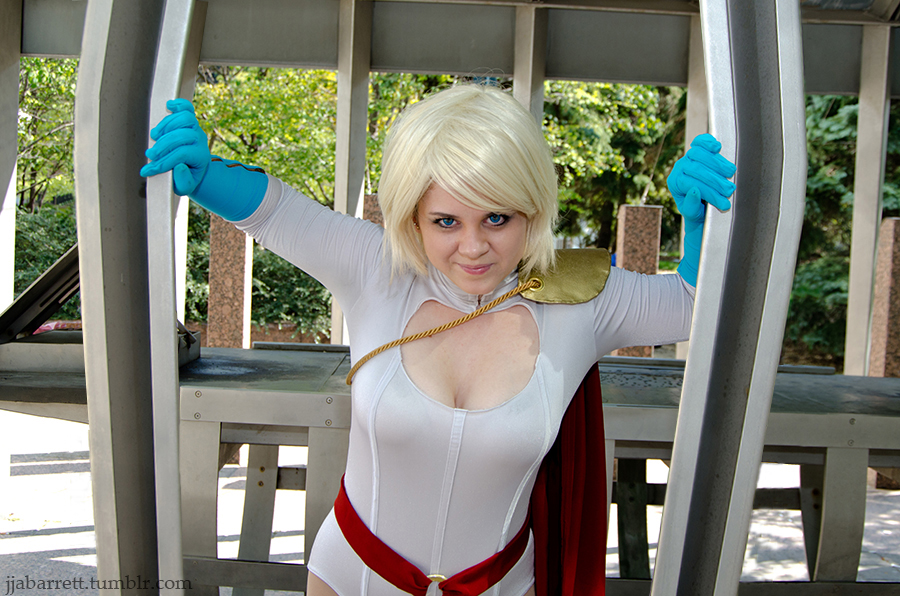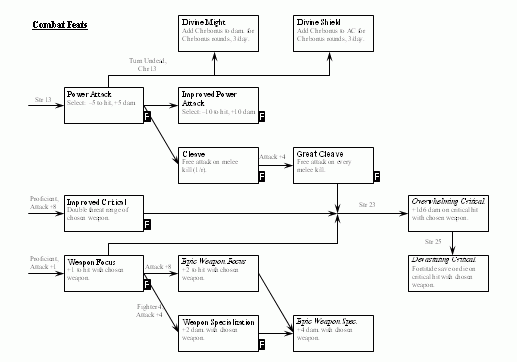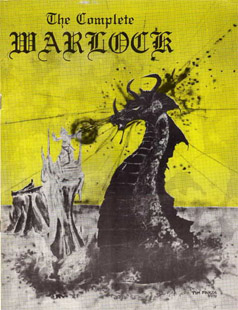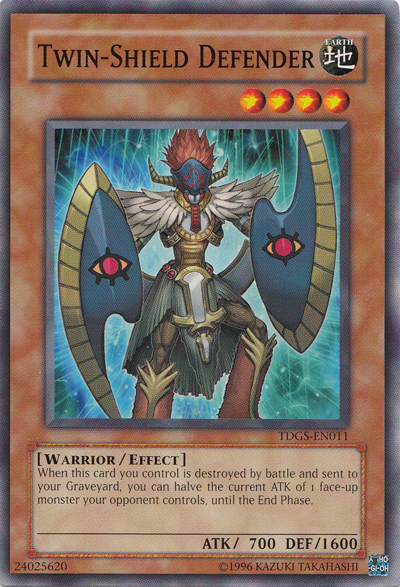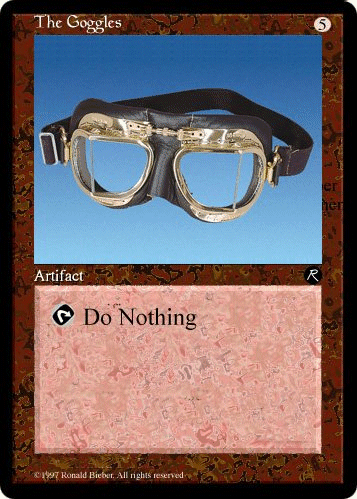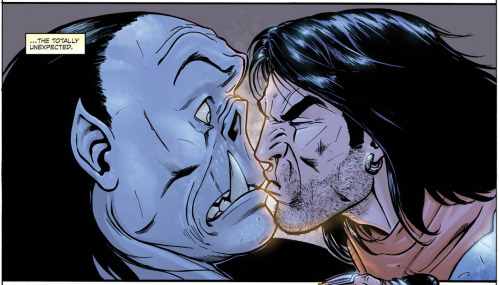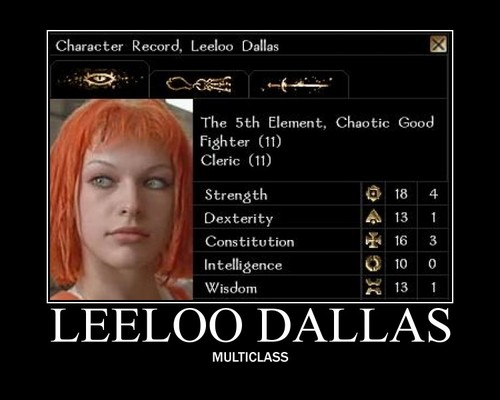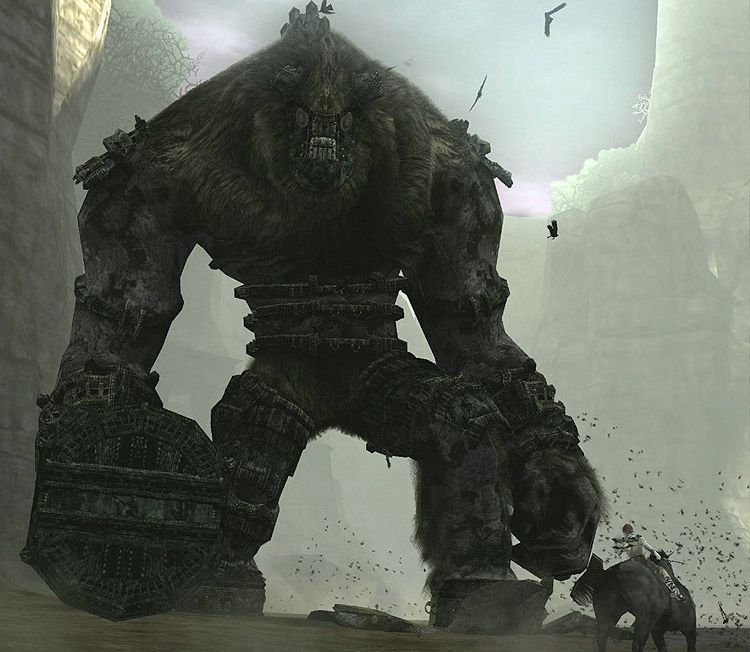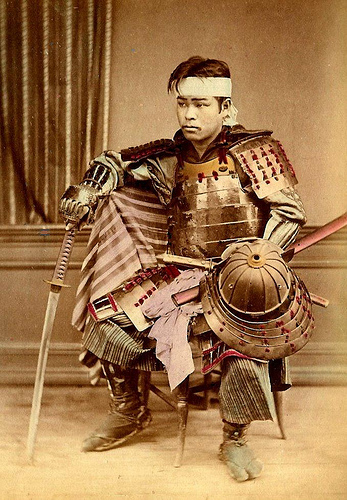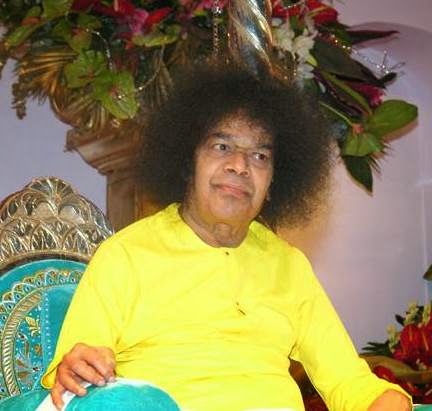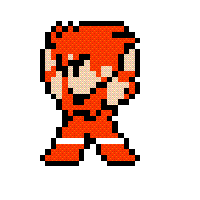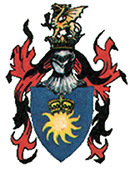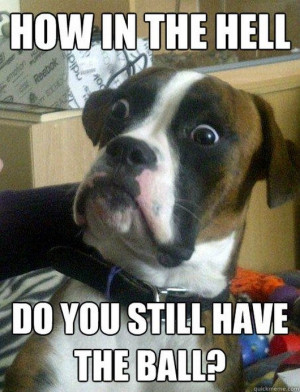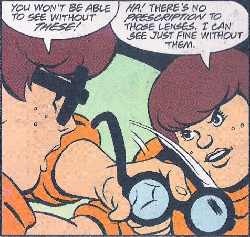A Guidebook to Fighters and Monks
By Jason Carl

I'll take Swords for $400 Alex.
The request being made, Frank and I have decided to oblige.
Back in the dawn of time...well, 2001...Dungeons and Dragons had a new edition. A clean slate, on which a new generation of gamers could express their skills and creativity. They pushed out the core books - and then when time came for the first supplement, determined to show what they had learned they produced...this.
At 96 pages long, Sword and Fist is going to be a short review. There are eight people on the Additional Design and Development line, which covers pretty much the entire creative staff, but only one author. This book is pretty much written by one dude, edited by another dude, and then everyone on the A team sent in a feat or something so that everyone could get to put this book on their CV. Jason Carl is basically “some dude.” He was brought in to do game design from the Magic the Gathering team. And in that capacity he was policy director for Organized Play, not a game designer as such. He would later pinch hit for various connect the dots books like Champions of Ruin.
This was 3rd edition D&D's first core supplement, so it's more than a little bit weird to me that they turned over most of the work of defining how the format was going to look to “some dude” rather than entrust it to anyone actually in the inner circle. But that's what they did. And honestly, I can't say that any of their actual inner circle members came up with any substantive improvements in layout for the later books. Even the naming convention is better here than when they let it break down. Sword and Fist is a cooler name than Defenders of the Faith, and it's a much cooler name than Complete Warrior. From a layout standpoint, the book is pretty much organized the way all 3e and 3.5 books are. And to the extent that even Pathfinder books deviate from this formula they suffer for it. You wouldn't think that a book that was so obviously done by the C-Team on a budget of “whatever was in the couch cushions plus the leftover pizza from last night's game” would be particularly influential, but it definitely was.
As to how much the Additional Design and Development crew put in, I honestly have no idea. I suspect not very much, and people like Andy Collins and Monte Cook just handed in whatever the minimum amount of material they had lying around on their desks to get their name on the book. Heck, Andy Collins literally handed in some work that he had already published, in that the new exotic weapons article he wrote for Dragon Magazine #275 was folded into this book as his contribution. Some of this stuff looks like it might have been originally written for 2nd edition AD&D, or at least written by someone too new to the edition to know what the fuck. But it really wouldn't surprise me if James Wyatt figured out a way to pay himself as much or more than the book's main author.
In all honestly, Sword and Fist much more closely resembles the thin, softcover supplements of AD&D - or pretty much any other RPG in the 90s - than it does the hardback shoverlwear shelfbreakers of later in the edition. What it is, I think, is that the powers that be at Wizards of the Coast and White Wolf et al. hadn't yet come to terms with the advantages of the publishing revolution that was getting books printed for cheap using the tears of orphans in China, or the marketing advantages of hardback and glossy paper. I mean, they were starting to get that idea, because the 3.0 core books were actually beautiful, sleek, and sexy compared to the AD&D hardbacks, which were pretty much all shipped going soft around the edges. But they hadn't learned that lesson yet, and some of them haven't learned it still.

There are five chapters to this book, and we'll be ranting about one per post. So, six posts altogether. Plus maybe an afterword rant.
I don't know how rant-worthy this book is. Everybody was new to the edition. It's a bit like ranting about the first expansion set to Magic: the Gathering. Nobody really knows what they're doing yet.
But it was a very different time, 2001. AD&D was still doing residual sales, there were groups resenting the change to d20. Dragon and Dungeon Magazine were still alive, and had slush piles you could have filled sourcebooks with (and they did!) It was fresh and exciting, in a way that I have a hard time remembering what the sensation was like. When there was a universe of possibilities open, all of your life ahead of you and your gaming group...
...fuck, what happened to us?
Introduction

Every single page of this book has been pirated more times than your favorite celebrity sex tape.
Sword and Fist wrote:Clerics, wizards, and rogues notwithstanding: warriors win battles. Let glorious victory fall upon the shoulders of those few: the fighters and the monks!
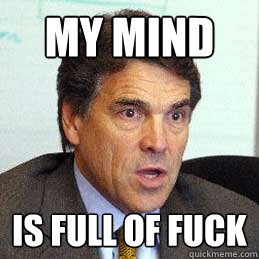
Let's unpack that bit of crazy in reverse order. The first thing to note is that this book is in fact about Fighters and Monks specifically. Not martial classes in general. And since this is 3rd edition, the Fighter and the Monk are the two classes that get the most martial bonus feats. So expansion books have feats chapters because Sword and Fist had a feat chapter, but Sword and Fist had a feats chapter because it happened to be about the two feats classes. If it had been about Rogues and Barbarians or whatever, it probably would have had a “shit to do with skill points” chapter instead, and the course of D&D shovelware would have been forever altered.
The second thing of course is that Monks and Fighters are in reality the worst classes. By kind of a lot. There's no real appearance of understanding of this fact by the author here, I think that the worst classes got the power creep options first pretty much randomly.
Anyway, this introduction tries to sell us on the idea that Fighters and Monks are connected because they have only their martial prowess to protect them, and it's super weak tea. There are 11 classes in the basic book and Fighters are more similar to: Rogues, Barbarians, Paladins, and Rangers in probably that order than they are to Monks. Both conceptually and tactically, this pairing makes very little sense. I don't know if it was chosen because they had a cool name or just they selected two classes out of a fucking hat or what.
Fighters are weaksauce more or less because of heredity. In AD&D, Fighter was the default class. Not smart enough to tote a spellbook, not dexterous enough to pick pockets? Here is your sword. Go have fun, fighter guy!
How that translated into Fighters in d20 being weaksauce I don't entirely grok. I mean, we covered the 3 hit point thing, but I think on a more fundamental level the designers thought that Fighters had a combination of versatility and specialization which made them attractive and equal to whatever challenge might come up.
In point of fact, I think those same dipshits thought Fighters were overpowered. I mean, we've gone through the rant before about linear warriors and quadratic wizards, but the fact that Fighters were better than wizards at level 1 made the balance-meisters itch for their nerf-bats. Which, I think, is part of the reason that feats are individually so shit, and why there are such lengthy fucking feat-chains and -groups that crop up.
Sword and Fist wrote:All the material herein is brand-new and pertains to the new edition of the DUNGEONS & DRAGONS® game.

This is an outright lie. A considerable amount of this material is actually conversions from 2nd edition crap. And some of it was previously printed in Dragon Magazine 275. I suspect that Jason Carl actually thought he was telling the truth, and that his draft either did not include the material from the higher ups, or he he had no idea that Andy Collins was double submitting his material like a naughty naughty boy.
Well, the stats would all have been new...mostly. But drawing material from Dragon Magazine was a typical AD&D-thinking tactic for quickly producing material by repurposing something from somewhere else. Hell, that's where Pages from the Mages came from, and that was only 6 years before this book came out.
While there's a lot of verbiage wasted on reminding you that you can change these rules if you want like it was a 2e book, and it does pimp the essentially worthless Hero Builder's Guidebook, there isn't a lot to hate here. The book is intended to give options rather than take them away, and it says so right in the introduction. You can see that the people making this game were not really sure what to do with it, so there's pretty much just a pile of whatever character development options Jason Carl could think of. Some of these were popular and got repeated in later books even when that didn't make sense. But the alternate class packages never really came into being. We'll get to that in more detail in Chapter 4. The long story short is that we probably didn't get Pathfinder style Archetypes in every expansion book from Tome and Blood onwards because the alternate classes were mysteriously put in the tactical advice section and DMs thought they weren't real rules.
That's putting it generously; alternate classes were given less weight than optional kits in AD&D. However, late in 3.+ edition alternate classes and substitution levels were rediscovered and they went hogwild for them.
The immediate prototype for a lot of the material in this book should also be understood as the 3.0 Dungeonmaster's Guide - with its completely optional prestige classes and shit. It's not quite a blueprint, but it's what people grabbed onto because prestige classes were one of the major innovations of the edition; before you had dual-classing and multi-classing, but for most players it was single-classed for life. And if you were old enough, that class was Elf. Actually having options and decisions to make was novel and it went to a few players' - and designers' - heads.

Next up: Feats.
